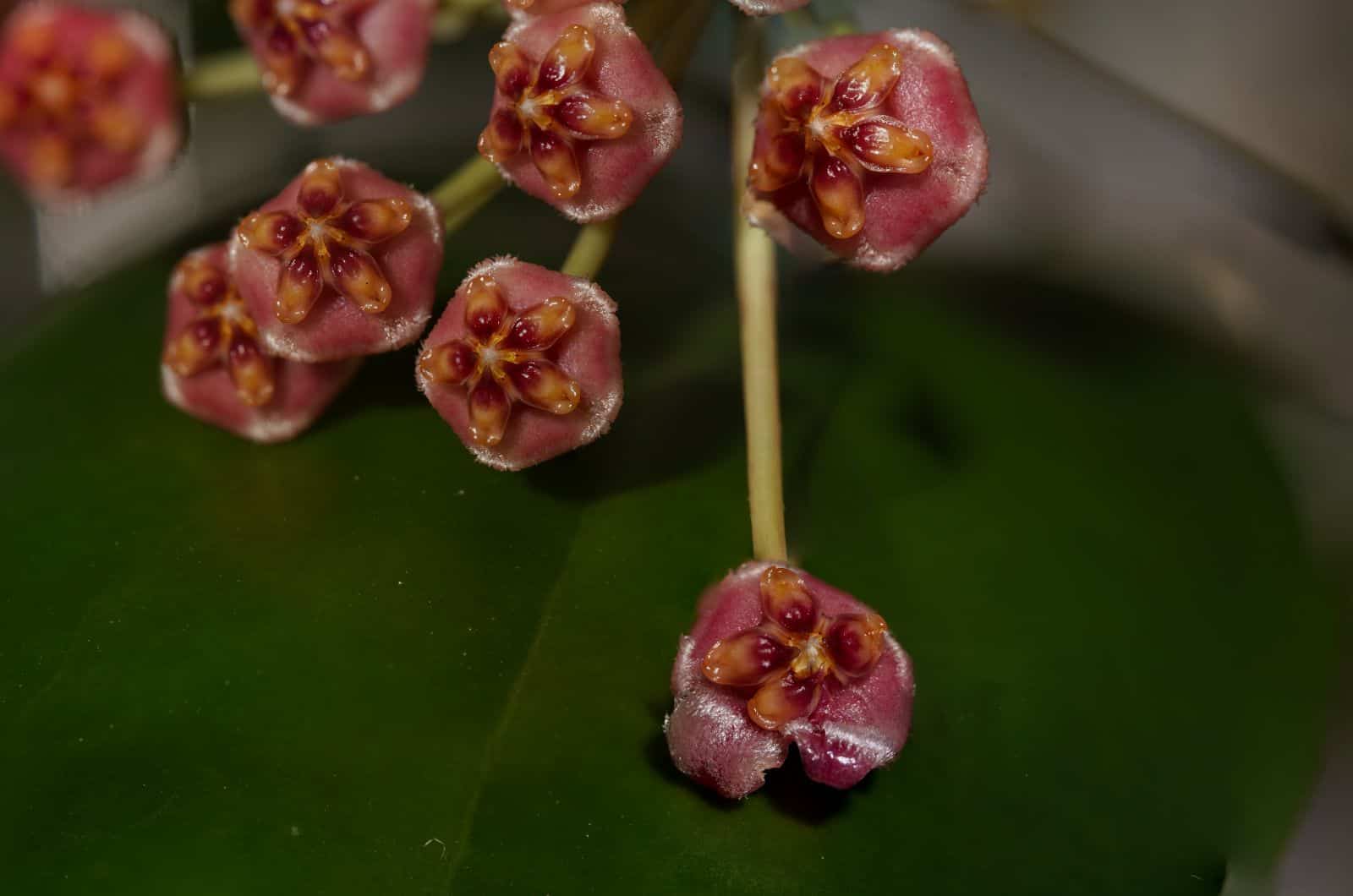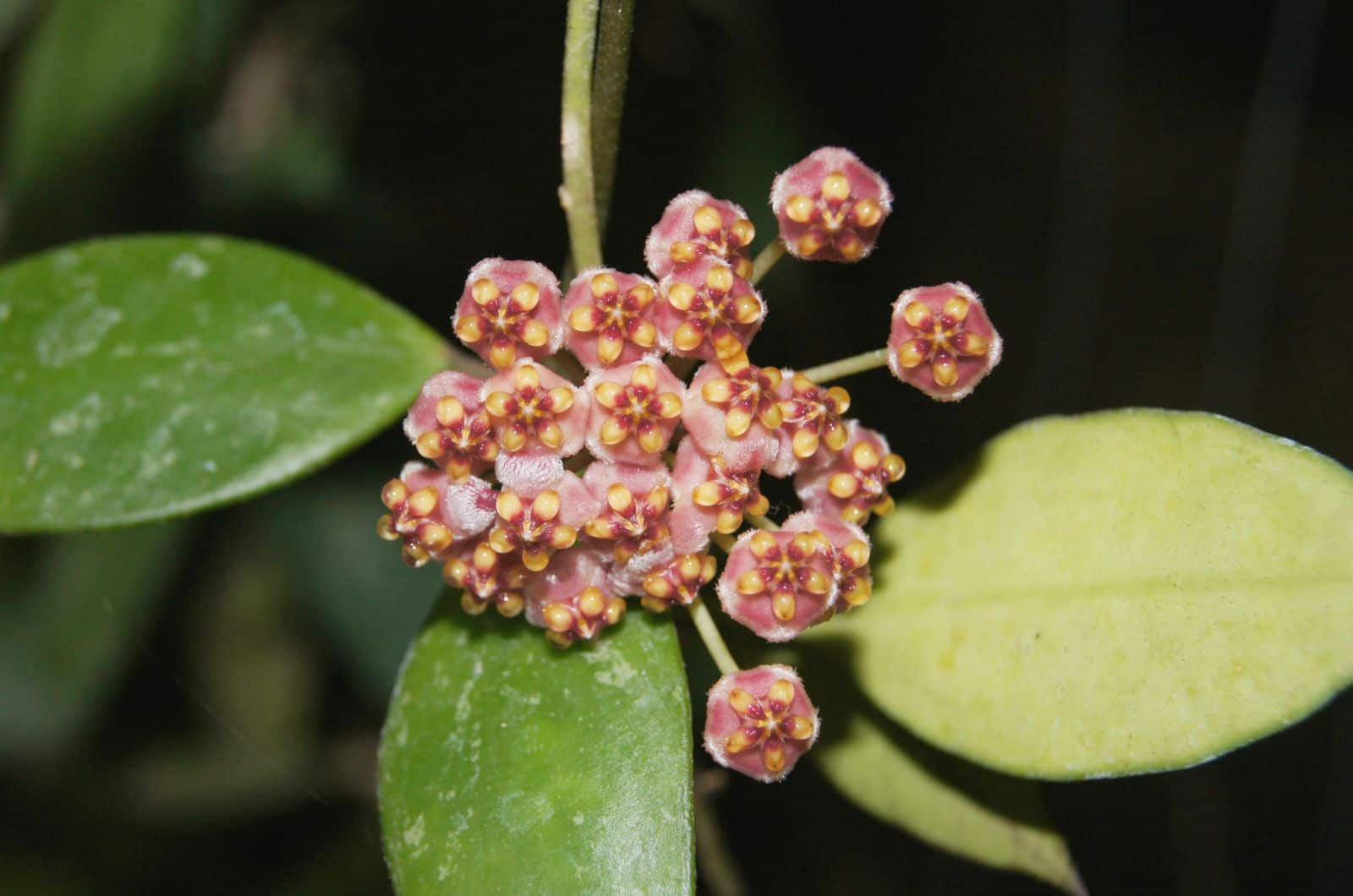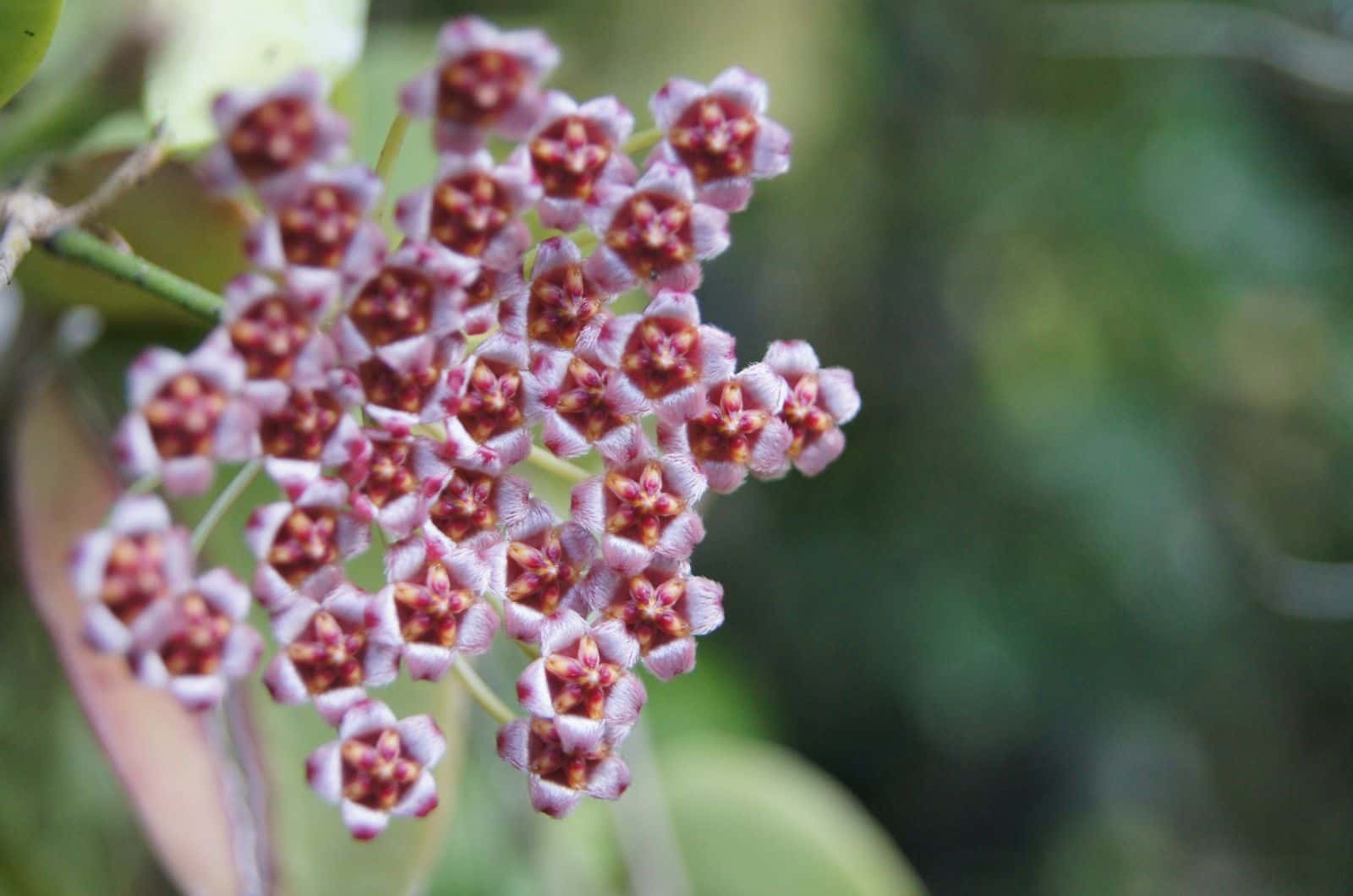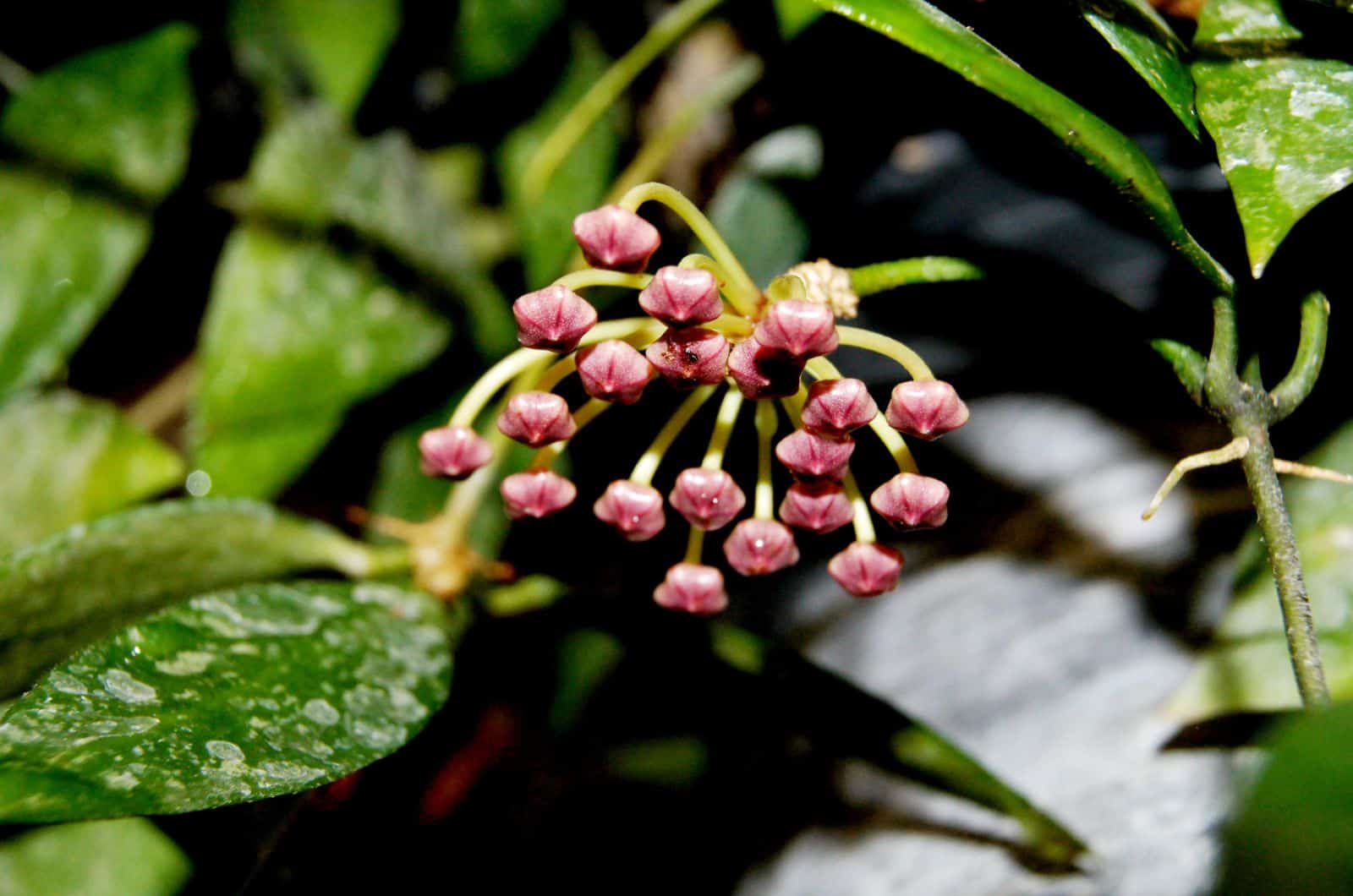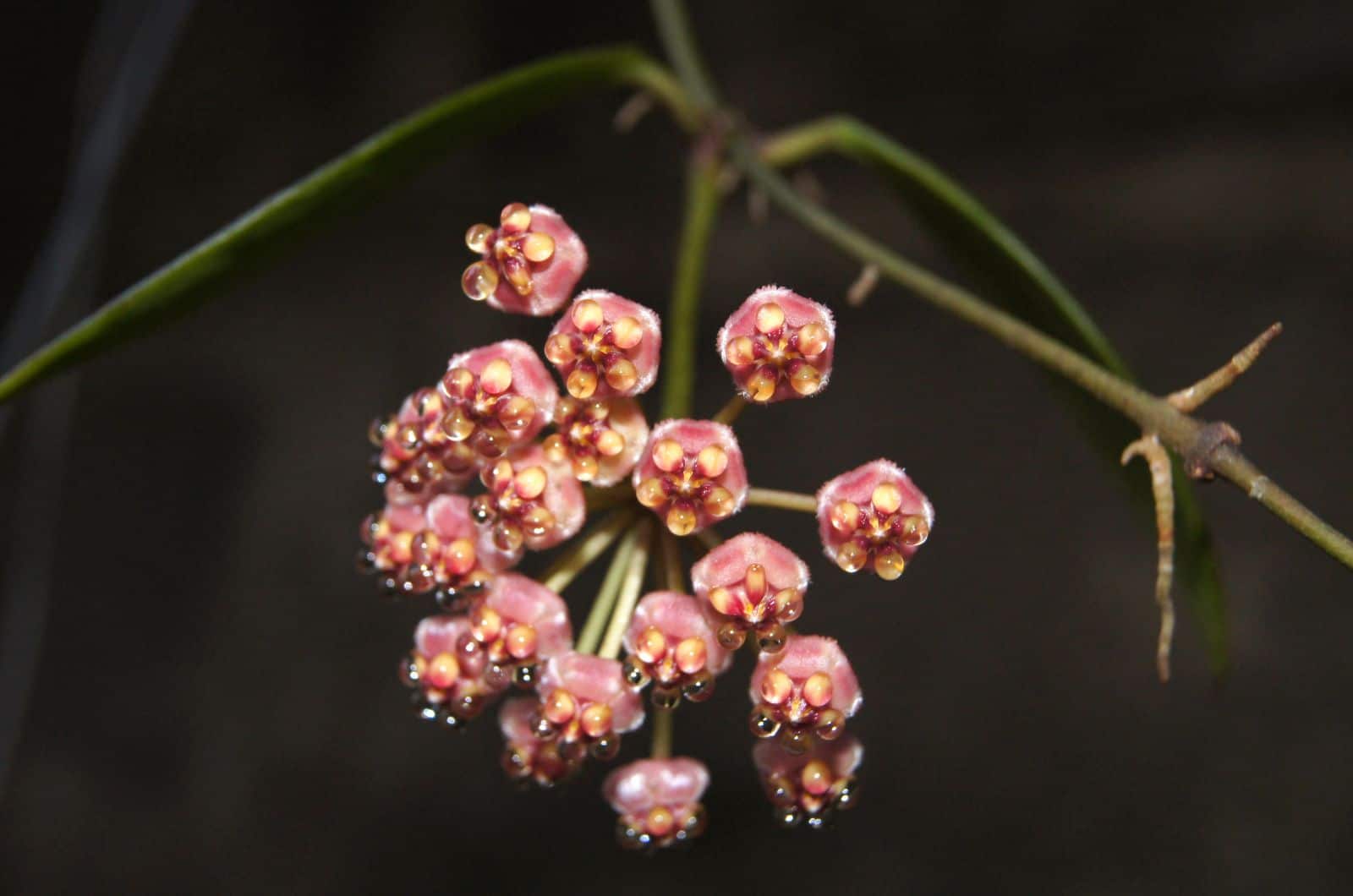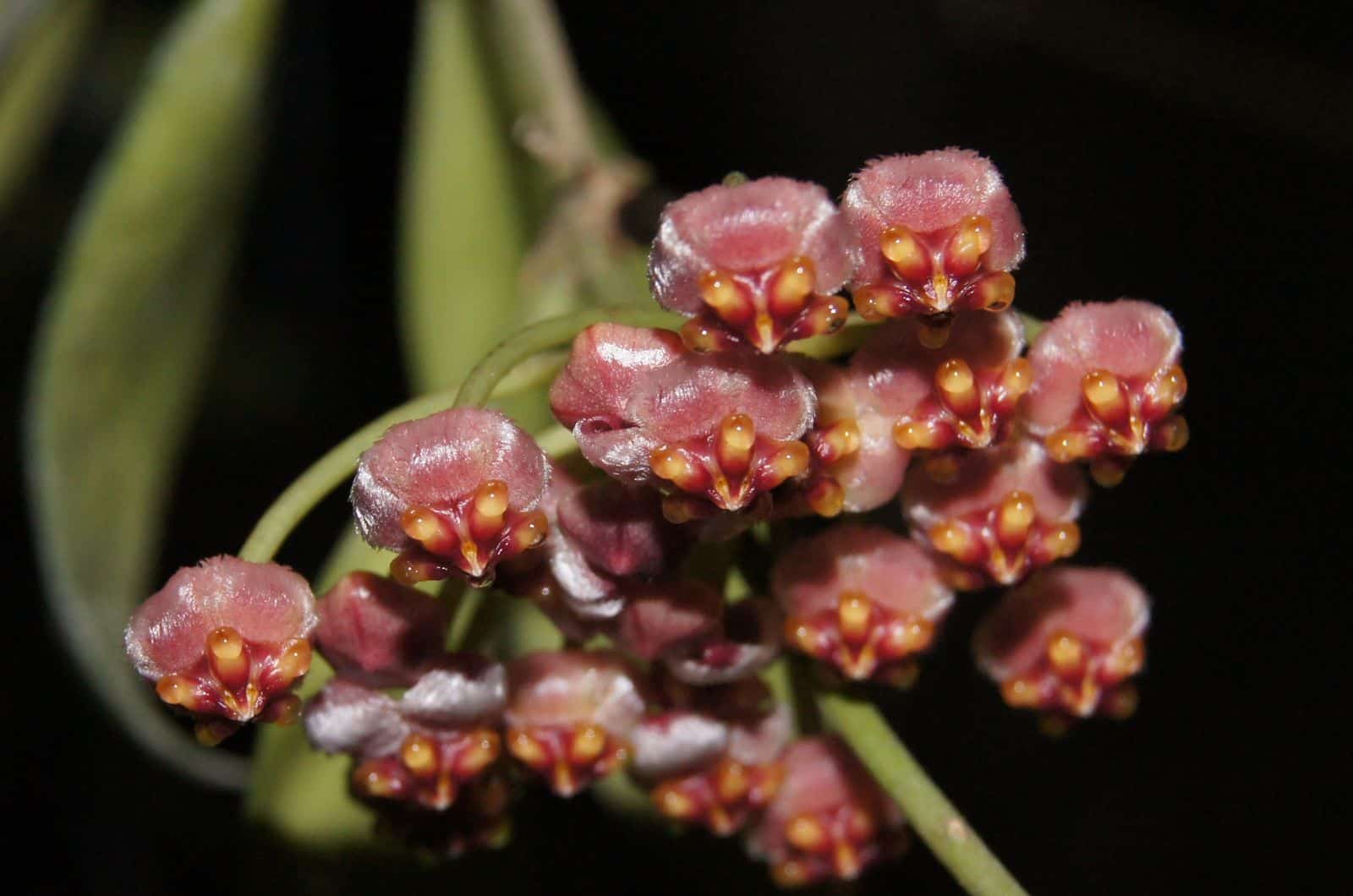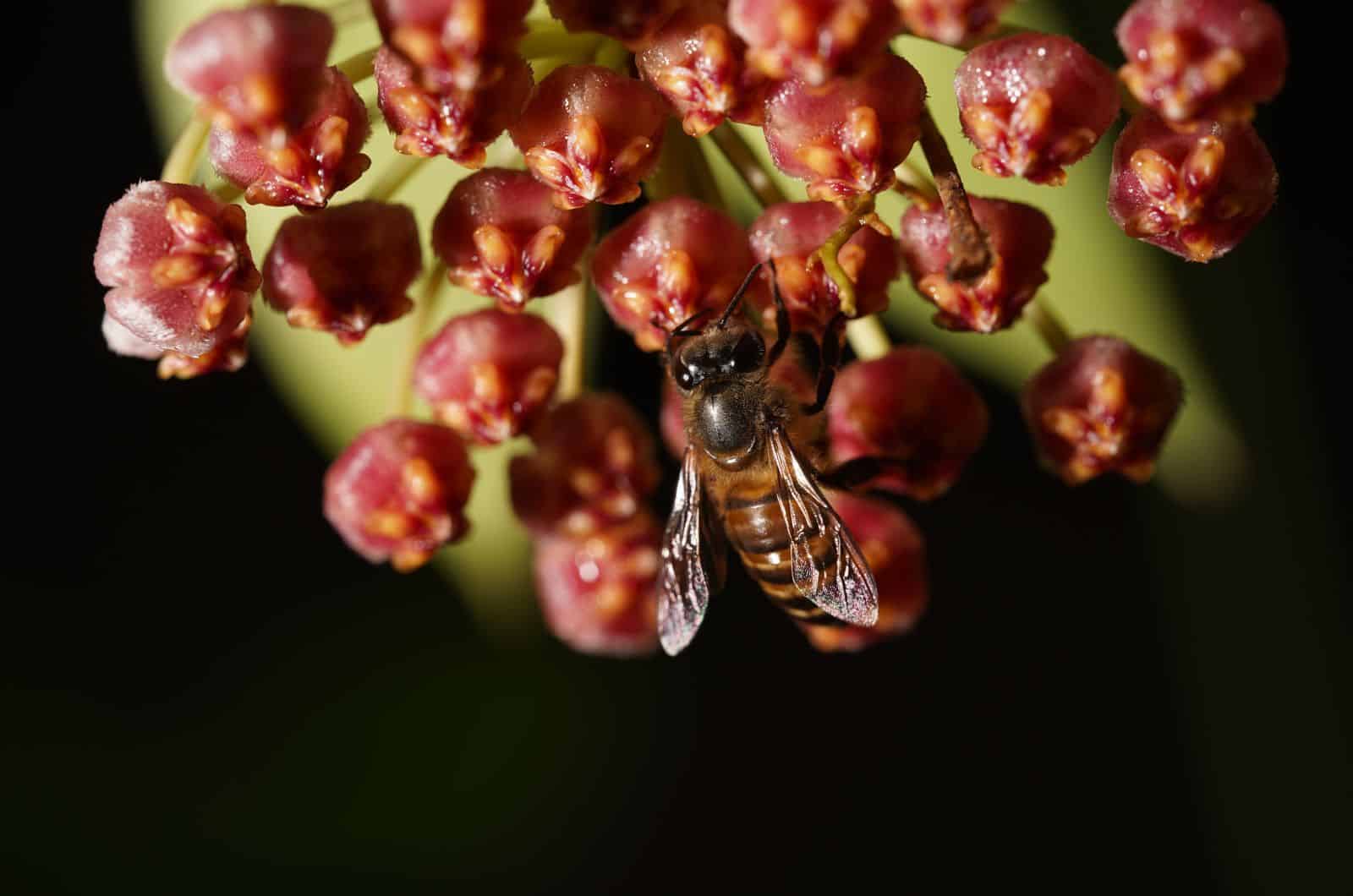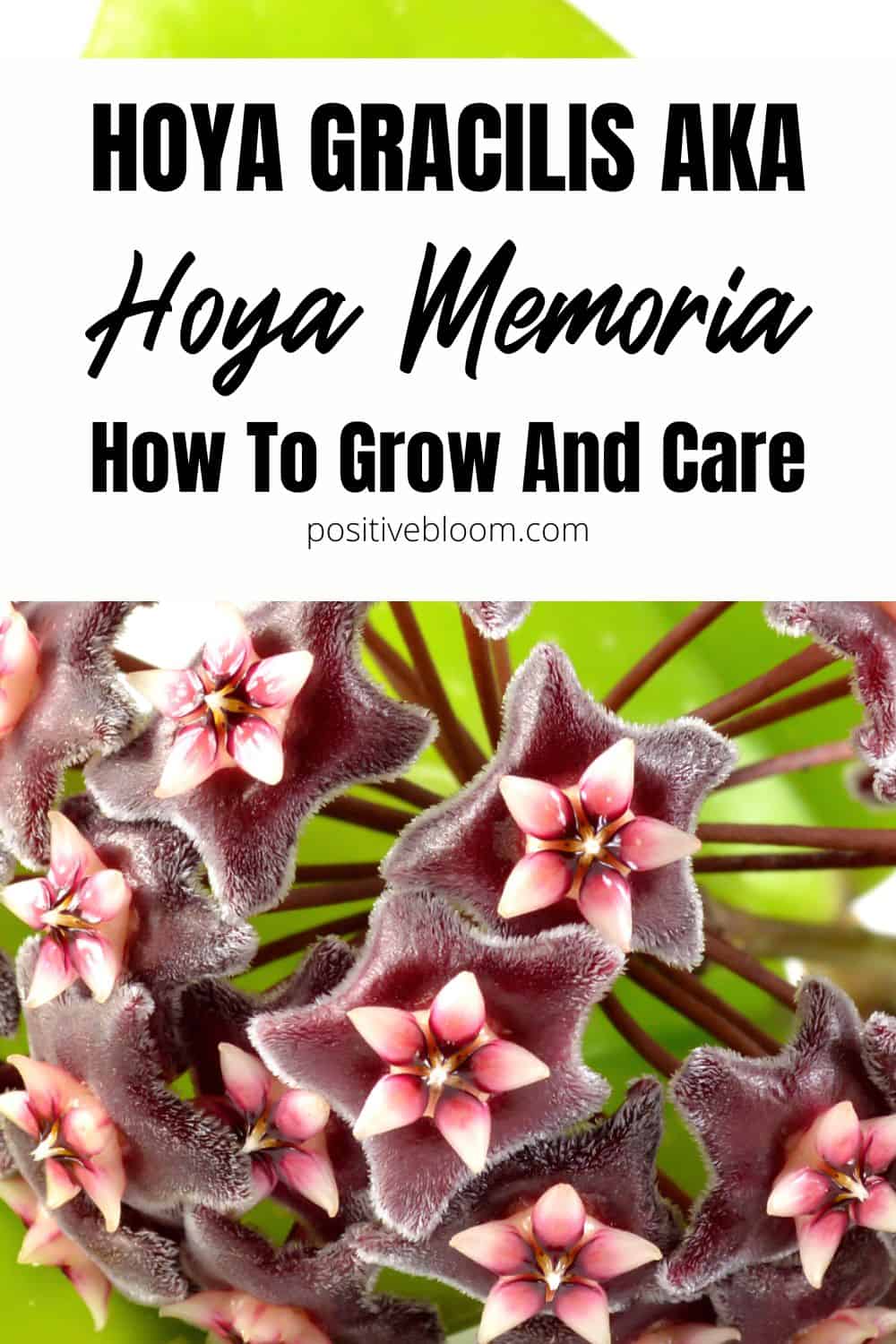It can sometimes be pretty hard to decide which plant to grow. If you are a beginner, it may be even harder!
Luckily, experienced plant growers can help you choose. If you would like to start with or add a flowering plant to your plant collection, I have an amazing plant for you.
Meet Hoya gracilis, a captivating plant from the Hoya genus. If you have ever heard of Hoyas or already have some Hoya plants, I don’t even need to tell you about the beauty and ease of maintenance of this entire species.
In this article, I’ll give you more info about this species, its care requirements, how to propagate it, and some possible issues that may occur, as well as how to solve them.
Let’s start with some basic info about the Hoya gracilis:
[table id=469 /]
What Is A Hoya Gracilis?
Before I tell you anything, I have to resolve the confusion related to this species. If you hear someone talking about or selling the Hoya memoria plant, it actually refers to the gracilis plant as they are the same.
Some other plants from this genus include Hoya carnosa Krimson Queen, Hoya polyneura, Hoya linearis, variegated Hoya australis, Hoya macrophylla, Hoya curtisii, and Hoya fungii.
So, how can you identify the gracilis or memoria species?
First, these plants are epiphytic, which means they grow on other plants in their natural habitat. They absorb the nutrients and water from the air (not from the plants they grow on) and use the host plants as structural support.
Gracilis leaves are primarily green, but have silverish speckles. What makes this Hoya stand out are its unique flowers.
The fuzzy raspberry flowers look remarkable, but that’s not the only thing that makes them unique. Believe it or not, the smell of caramel will fill your room if your gracilis plant produces blooms!
If you decide to grow this plant, your main goal is to get it to bloom. Below you’ll find a care guide with a lot of care tips; if you follow it, your Hoya is destined to bloom.
How Do You Care For A Hoya Gracilis?
I have great news for you: this plant won’t give you a hard time! It’s really easy to keep healthy and happy, and even if you forget about it for a little while, the gracilis plant will still thrive.
The Hoya gracilis requires bright indirect light, moderate temperatures, moderate to high humidity, well-draining soil, monthly feeding, and repotting approximately every two years.
Let’s get into details!
Light Requirements
When finding a place for your Hoya, make sure it will receive enough bright indirect light.
A window that faces east will provide your plant with the ideal amount of morning light. If a south-facing window is more appropriate, make sure it doesn’t get direct afternoon sun.
The leaves of the gracilis can burn and turn yellow when exposed to direct sunlight. The leaves will need to be removed if they get sunburned because they can’t recover and turn green again.
If you’re worried that your prized memoria plant will get direct light, cover the window with a sheer curtain to provide some partial shade. This will resemble the tropical setting in which the plant grows, i.e., under the rainforest canopy.
Interestingly, Hoyas are plants that do well in low-light conditions. However, it’s less likely to bloom if it doesn’t receive enough light.
Temperature Requirements
The ideal temperature range for your gracilis plant is between 50 and 90 degrees Fahrenheit.
Be careful with the temperatures because this Hoya plant isn’t frost-tolerant, and anything lower than 50 degrees Fahrenheit will quickly kill it.
Low temperatures aren’t the only potential problem; temperatures over 90 degrees Fahrenheit can also be detrimental for your gracilis plant.
So, keep the temperatures within the recommended range, and you won’t need to worry about the flowering stage of your Hoya.
Humidity Requirements
Tropical plants are accustomed to humidity. Ensure the humidity level is at least 50% in the place you plan to keep your memoria plant.
Anywhere between 40% and 60% humidity is good for optimal growing and blooming. I’m telling you this because, in general, houses don’t have high humidity, though this Hoya will continue to thrive even at a humidity level of 40% (not lower).
If it consistently falls below 40%, you’ll need to find a way to raise it. There are, fortunately, easy ways to do this.
An excellent device for accurately increasing humidity levels is a humidifier, though I have to mention that these devices are pricey and require routine cleaning and inspection.
The second option is to put your gracilis close to other plants, such as Calatheas or other Hoyas like Hoya pubicalyx, Hoya sunrise, or Hoya callistophylla so they can all mutually benefit from each other’s transpiration.
You could also relocate your memoria plant to a kitchen or bathroom as they have higher humidity levels by nature because of water evaporation.
The pebble tray or misting method can also help you solve low humidity.
Soil
Remember that your Hoya won’t grow well if the soil isn’t suitable.
The ideal option for the gracilis plant is a blend of materials that enhance drainage and soil water retention.
One of the characteristics of this plant is that it doesn’t grow from the soil in its natural environment.
So, if the soil is too compact, the roots of the Hoya memoria could quickly rot if they receive too much water.
To prevent overwatering, which is fatal, make a potting mix using perlite, orchid bark, and succulent mix to enhance drainage.
How And When To Water The Hoya Gracilis
There’s one important thing to note about the memoria plant: its leaves are succulent and can store water, which results in lower watering needs and susceptibility to overwatering.
You can water your gracilis plant once the top of the soil dries out or leave the soil to dry out entirely.
The essential thing is not to let the roots sit in water as it could cause them to rot and kill your plant.
Of course, it can’t live without water, but it’s better to keep it underwatered than overwatered.
Fertilizing Schedule
Your gracilis plant will benefit from monthly fertilizing, but only during the growing season (spring and summer).
They ‘sleep’ during the winter and won’t display any new growth, so feeding isn’t necessary and would only cause burns.
This is a flowering plant, which means you can use fertilizers rich in nitrogen to promote blooming.
Never apply more fertilizer than recommended on the package, and make sure you prepare it according to instructions.
Pruning
This is a vining plant, and you’ll most frequently see it growing in a hanging basket as a houseplant.
As you may assume, it will need pruning unless you want your entire room to be covered in Hoya vines!
You can prune your Hoya to get the desired shape, but make sure you always prune the discolored, diseased, or damaged leaves.
You can grow gracilis plants in a regular pot, but they’ll need some structural support. I recommend using trellises for this purpose.
Sterilization is another important aspect of plant care, so make sure you sterilize the tools you use when pruning.
Repotting
Your gracilis plant won’t need annual repotting, but if you notice the Hoya’s roots are coming out of the drainage holes or that the plant has overgrown the pot, you’ll need to repot it.
Before you start repotting, prepare a new pot and a fresh potting mix because the old one can contain fungus or pests.
How To Propagate The Hoya Memoria
Hoya memoria propagation is fun and won’t take much of your time.
All you need is a healthy piece of the stem with a few leaves and nodes attached.
Fill a nursery pot with a well-draining potting mix, make a hole in its center, and then insert the stem cutting approximately two inches deep.
Remember that the gracilis leaves shouldn’t be below the soil line as they could quickly rot. You can either put a plastic bag over the cutting or mist it regularly to ensure there’s enough humidity.
Another important thing is to ensure enough bright indirect light so your Hoya can display new growth.
Once you notice new growth, repot the rooted cuttings in the new pot.
Common Issues
You shouldn’t have many problems if you decide to grow this Hoya. It isn’t prone to diseases or pests, but if another plant from your collection has these issues, you should inspect your gracilis plant to make sure it hasn’t spread.
The most common houseplant pests that can be found on Hoyas are spider mites, thrips, and scales.
You can quickly remove them by applying neem oil or insecticidal soap to the leaves of your Hoya memoria.
The biggest and most common issue with this plant is, by far, root rot. You should ensure well-draining soil and stick to an appropriate watering schedule to prevent overwatering.
If root rot does occur, you need to take your Hoya gracilis out of its pot, remove the diseased roots, and put the plant in a fresh potting mix.
The most common sign of root rot in this wax plant is yellowing of the leaves and mushy soil.
FAQs
Is the Hoya gracilis rare?
Yes, the Hoya gracilis, aka the Hoya memoria, is a rare plant. It’s pretty uncommon to find this rare Hoya in plant stores, so if you want one I recommend searching online. If you are lucky enough to find this plant, make sure to propagate it.
Is the Hoya gracilis toxic?
No, this Hoya, just like all other plants from the Hoya genus, isn’t toxic to humans and pets. It’s a perfect plant for hanging baskets and pots. If some leaves fall off, you don’t have to worry that your child or pet will have issues if they accidentally ingest them.
Wrapping Up
Hoyas make a perfect addition to any home, no matter the species. However, all growers have different criteria when choosing new plants for their collections.
If you are looking for a non-toxic, low-maintenance, and flowering plant, then the Hoya gracilis, aka the Hoya memoria, is the best plant you can grow.
Just follow our tips to enjoy the beauty and fragrance of this unique plant!
Until next time!
Like this post? Share or pin it for later!


